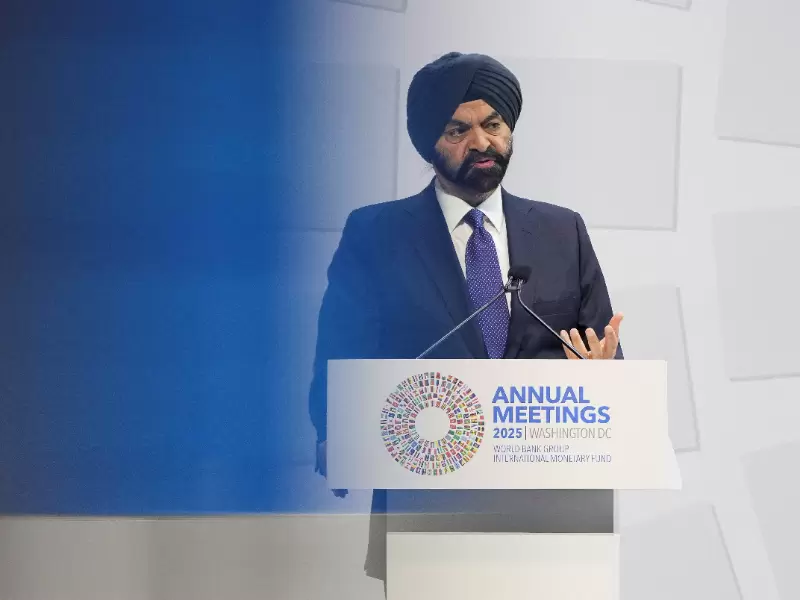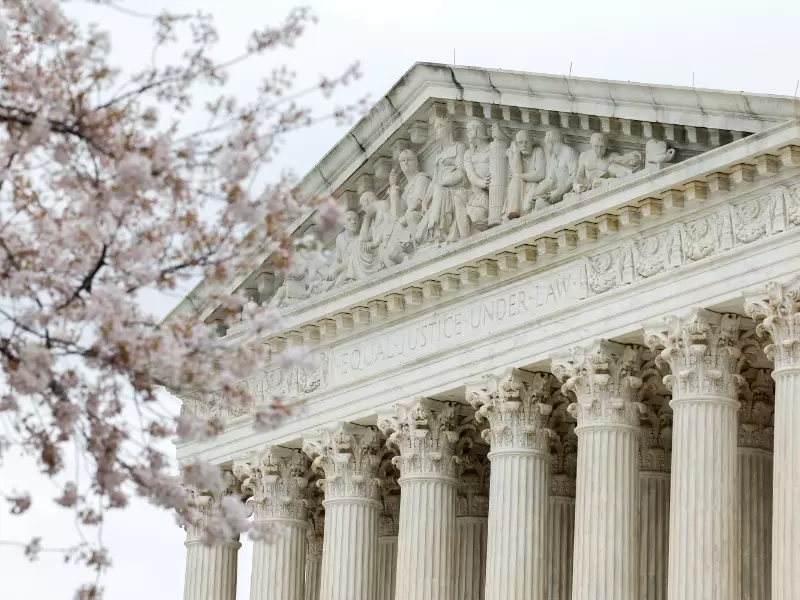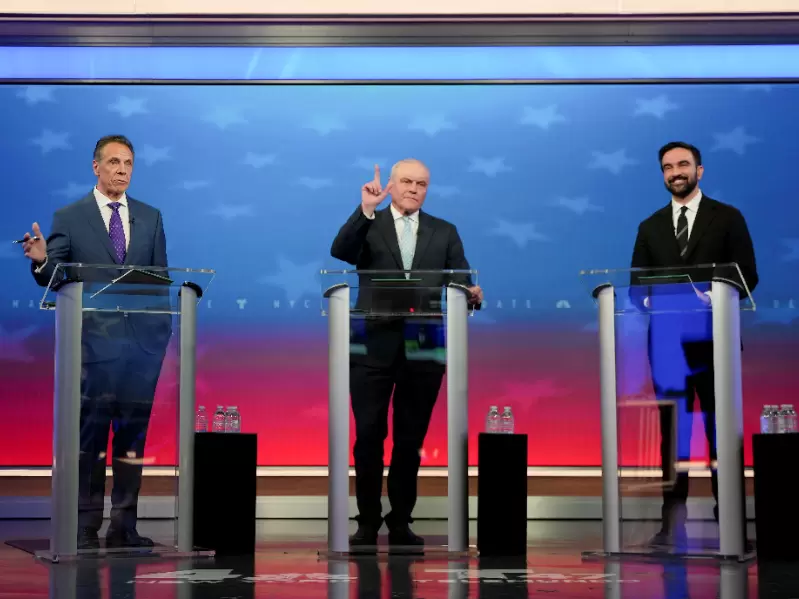As shutdown drags on, is a compromise over health care costs possible?
Many healthcare consumers are going to get a double whammy.
 Representative image. / Pexels
Representative image. / Pexels
In every corner of this country, just a few weeks ahead of Nov. 1, when open enrollment starts for health insurance coverage, consumers are going to be opening letters from their health plans. They are getting an eye-popping increase. “After several years of single-digit increases, their monthly Affordable Care Act base premiums are going up by double digits.
The once-enhanced premium tax credits, that soften the blow of the premiums, also expire at the end of the year,” said Anthony Wright, Executive Director, Families USA at an American Community Media briefing. By losing these enhanced tax credits the estimates are that at least 4 million people will fall off coverage as a result. “93 percent of marketplace enrollees get a premium tax credit,” said Jennifer Sullivan, Director of Health Coverage Access and lead for the Beyond the Basics project at the Center for Budget and Policy Priorities.
Many healthcare consumers are going to get a double whammy. The premiums are rising, and tax credits that would have shielded them and helped them afford the cost of coverage are being reduced or expiring altogether.
ALSO READ: Shutdown could cost US economy $15 billion
An old person in Maine, for instance, who makes $65,000 a year right now pays $462 dollars for a month for coverage. The coverage is $1,000, but the tax credit got them down to $460. Now the premium in Maine is going up by 24 percent.
After a few years of single-digit increase, that new premium is gonna be around $1400, and without a tax credit that person goes from paying $460 a month to $1400 a month, over $10,000 a year.
“A doubling or tripling of their costs!. On average, the people will be paying around $700-$800 more a year, but if you are in your 50s and 60s the increase is bigger. If you're in certain income areas or a bigger family or live in a rural area, where there are fewer providers and can charge more for their services your premium will be bigger,” said Wright.
These premium spikes are the first of many consequences of H.R.1 / “One Big Beautiful Bill” (OBBB) passed earlier this year, said the panelist. The cuts come in amid new rules and restrictions for Medicaid recipients.
“22 to 24 million people will see these increases in premiums, and it is projected that around 4 million people will fall off and lose coverage as a result,” said Wright. “The sticker shock will make them drop the coverage.”
“70 percent of those who buy their own coverage say that if their premiums nearly doubled they would no longer be able to afford their coverage,” said Dr. Ashley Kirzinger, Director of Survey Methodology and Associate Director of the Public Opinion and Survey Research Program at KFF.
When insurers are projecting their rates they are going to keep this in mind. “1 percent to 14 percent of the rate increase is because of the fact that they are dealing with fewer people in the pool and a sicker lot. The 5 percent increase is already baked in.”
Unless Congress takes action on extending these tax credits that help people afford coverage many will fall into the abyss of no health coverage.
Affordable Care Act
“What we're seeing now is akin to an effort to undo a lot of the progress of the Affordable Care Act,” said Sullivan. “The magnitude of the cuts that we are going to see in Medicaid and in the marketplace really reflect an effort to kick it out at the knees.”
Half of us get coverage through employers, about a quarter to a third get coverage through public programs like Medicaid or Medicare. The rest of us have to buy coverage as individuals or families largely on the marketplaces set up by the Affordable Care Act.
Those folks: folks between jobs, a divorcee, an early retiree, a small business person who needs to buy coverage as an individual, workers, small business owners, all of those who need to buy coverage are going to see a massive rate increase in the next couple of weeks as they head into open enrollment.
Why are premier tax credits important
Before the Affordable Care Act (ACA), people buying their own health insurance were largely on their own. Insurance companies could deny coverage or charge higher premiums based on things like pre-existing conditions, gender, or even where someone lived. There were few protections.
The ACA changed that by creating insurance marketplaces and offering financial help, called subsidies, to people who earned too much to qualify for Medicaid. For example, individuals earning more than about $20,000 or families of four earning more than $45,000 could get help paying for insurance. The law also limited how much of their income they would have to spend on premiums — setting caps that started low (around 2 percent) but increased with income.
However, the help phased out quickly. Once an individual earned around $60,000, the subsidies disappeared completely. That created what’s called a “subsidy cliff.” Someone earning just under $60,000 might pay only about 10 percent of their income for insurance, while someone earning slightly more could end up paying 20–30 percent of their income — simply because they lost eligibility for the tax credit.
To fix this, enhanced premium tax credits were introduced. They made two major changes. They removed the subsidy cliff. Now, no one has to pay more than about 8 percent of their income for health coverage, no matter how much they earn. (Of course, higher-income people usually spend less than that percentage anyway.). They increased help for lower- and middle-income people. The premium limits now rise more gradually with income — from 0 percent for the lowest earners, to 2 percent, 4 percent, 6 percent, and up to 8 percent.
Most of the people benefiting from these enhanced tax credits earn under $50,000 a year as individuals or under $100,000 for a family of four. In short, these expanded subsidies make health insurance more affordable, especially for low- and middle-income households
The Affordable Care Act provided real help, but for some people, it was like,
getting a 6-foot rope to get out of a 10-foot hole. It was really close, but you just needed a little bit more to get out of the hole and make coverage affordable. That's what the enhanced premium tax credits did, and as a result the number of people in the marketplaces went from 12 million to 24 million, literally doubled.
And that's why, by losing these enhanced tax credits at least 4 million people will fall off coverage.
Who will be hit hard
One in four Marketplace enrollees are young adults, people who are just coming out of high school, coming out of college, haven't got their foot in the door at a job that's offering them insurance yet, but they are too old to get insurance through their parents. They rely on the marketplace. At the other end of the age spectrum, we have people who are approaching Medicare eligibility age. Almost a quarter of marketplace enrollees fit in that bucket of 55- to 64-year-olds who already pay up to 3 times more for health coverage due to their age and are more likely to have acute care needs. They are relying on the marketplace in large numbers.
This is also not complicated to solve. Lots of problems are hard to solve when we don't know the solution. We know the solution, Congress just needs to get this done as quickly as possible. So, with that, I will take any questions.
“Nine in ten people who buy their own coverage on the ACA marketplaces and who will be impacted by the expiration of these enhanced premium tax credits still have not heard much or not anything at all about them.They will be significant sticker shock,when people go to renew their coverage and to buy, coverage for next year, and so that's why we have this sense of urgency.
Across demographics, across communities there is bipartisan support to extend these tax credits
92 percent of Democrats, 82 percent of Independents, and 59 percent of Republicans support extending these tax credits that includes 57 percent of MAGA supporters, The most ardent Trump-supporting base support Congress extending these tax cuts.
“People are always shocked by that number, because they believe the Republicans dislike Obamacare. or the Affordable Care Act. Guess what they hate more than the ACA high healthcare cost!” Regardless of what you think about the ACA, the thought of your premiums doubling from one year to the next is something that all people can get behind,” said Kirzinger
Call your Congress members to make this an urgent issue, urged Wright. Every day means more premium increases get baked in. Every day we get closer to open enrollment more people get sticker shock and fall off coverage. We won't be able to get them back. There's real urgency for this that cannot wait.”
“These increases are not inevitable. This is a policy choice by Congress and this administration.”
“The clock is ticking. They have one last best chance, and that is now right before we go into open enrollment on Nov. 1 ”
ADVERTISEMENT
ADVERTISEMENT
E Paper
Video



 Ritu Marwah
Ritu Marwah 













Comments
Start the conversation
Become a member of New India Abroad to start commenting.
Sign Up Now
Already have an account? Login